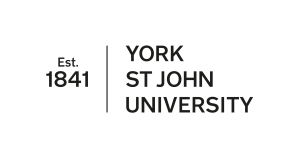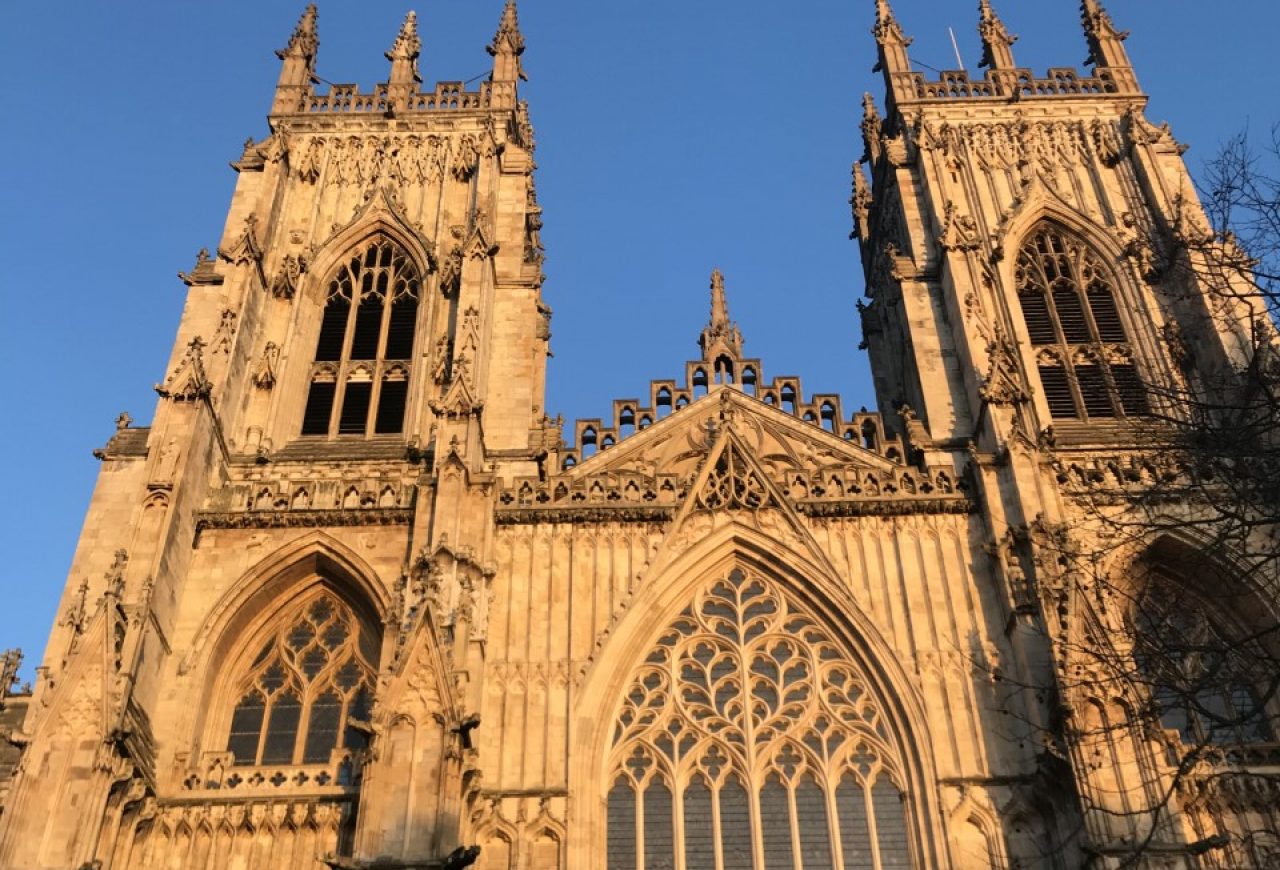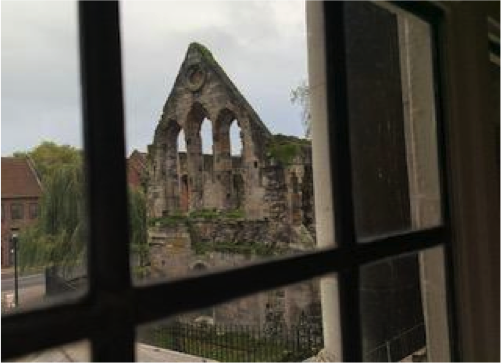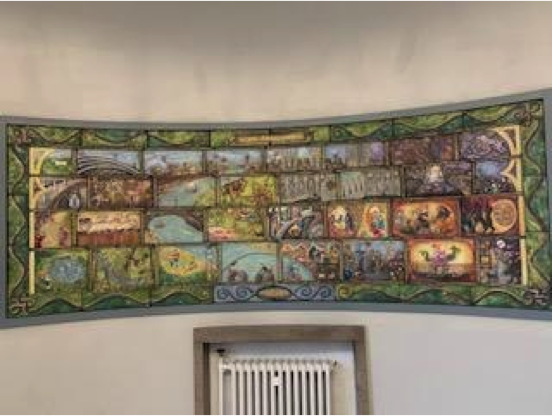Researching films at the Yorkshire Film Archive has been an enriching experience for second year student, Freya Rickards, both in terms of using historical skills and thinking about future careers. Here, she highlights her approach to writing context pieces for this special film collection.
For my History, Community and Culture module, I completed a placement at the Yorkshire and North East Film Archive to assist with their Nature Matters project, which looks at changes in the environment and local landscape throughout the 20th century. In my work I researched various films that were being used within the project and created a summary of the context and history behind each film, allowing for a better understanding of the films themselves as well as how they relate to the project. I was extremely happy to get a place on this placement, as being a History and American Studies student, I spend a lot of time studying film, and have therefore gained a great appreciation for all types of film, especially those that can reflect changes throughout history. The placement has also been a great help in my future career decision, as I had previously never thought of working in an archive, but now I am strongly considering it as a career path once I graduate.
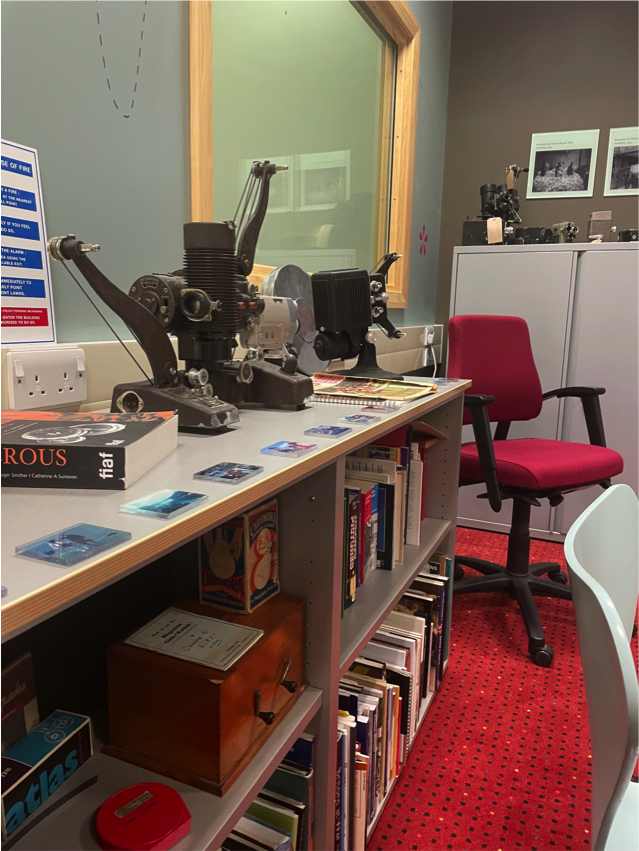
I have completed six contextual pieces for my placement, with each focusing on a different film within the Nature Matters project. Choosing which film to research was quite simple, I read through the list of available films and chose six that appealed to me the most, whether it be due to the film’s content, the history behind the film, or simply the way the film visually looked. Once my films were chosen, I rewatched them and researched the history of the main theme of the film, for example a city, a social movement, or a place of interest. Once I had written a few paragraphs on the historical context of the chosen film, I submitted them to the archive for feedback, and then I made the appropriate revisions to the contextual piece if needed to endure that the contextual piece is of a good enough quality for the archive.
Overall, I have very much enjoyed my time at the archive. Learning about the history of film has been fascinating, and being able to handle old film cameras from the beginning of the 20th century has been amazing. Another highlight has been the opportunity for us on the placement to use a Steenbeck machine to show how film tapes are viewed. The placement has truly been a great opportunity and I am glad I have had the privilege to contribute towards the Nature Matters project.
